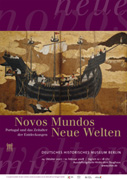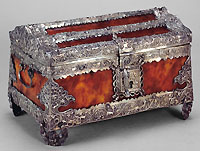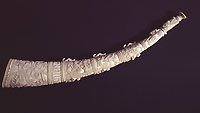


Prologue
| Portugal in the Middle Ages
| Conditions at the Start
| Voyages of Discovery
Cartography and Nautics
| New Worlds – Old Empires
| Portugal Overseas
| Art and Curiosity Cabinets
Portugal in the 16th Century
| International Conflicts
| Foreign Images
Starting in the 16th century, princes, citizens and scholars set up art and curiosity cabinets. Some of these were representative collections of precious objects, others scientifically oriented curio cabinets. The collections were intended to comprise the world in its entirety and served as a basis for discussion and reflection on the earth. With their many diverse objects they were the first museums. The precious objects from overseas mirrored the constantly growing knowledge of the world.
Portugal played a central role as intermediary in this effort. The country imported plants and animals as well as a great number of extra-European artworks, such as ivory objects from western Africa, works of mother-of-pearl and tortoiseshell from northern India and delicately carved ivory cases from Sri Lanka. At the same time the import of exotic materials inspired craftsmen in central Europe to produce imaginative objects with these new materials.

Indo-portugiesisches Kästchen, ca. 1575–1600
Coimbra, Museu Nacional de Machado de Castro

Elfenbeinhorn mit dem Wappen des portugiesischen Königshauses, Sierra Leone, 1490–1530
Madrid, Museo Nacional de Artes Decorativas
